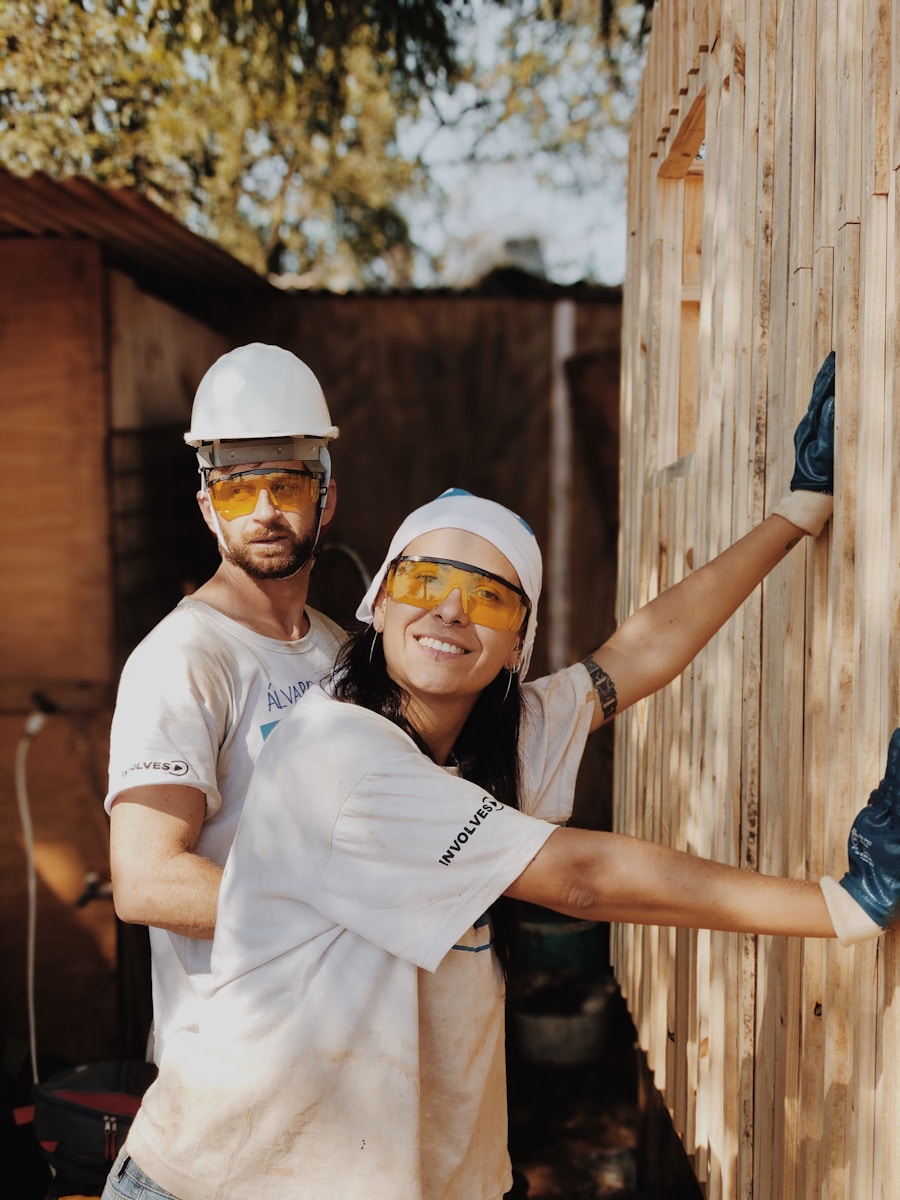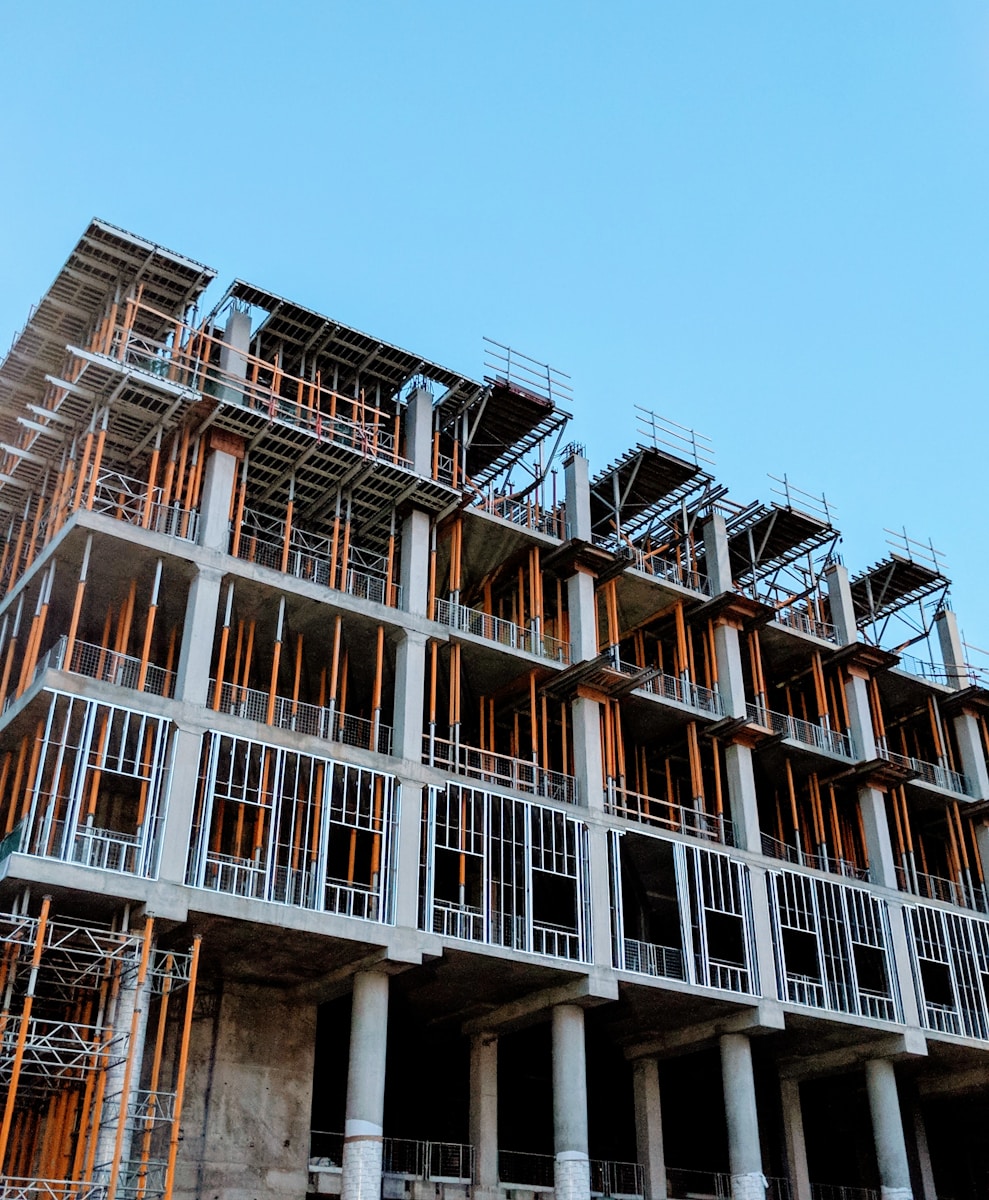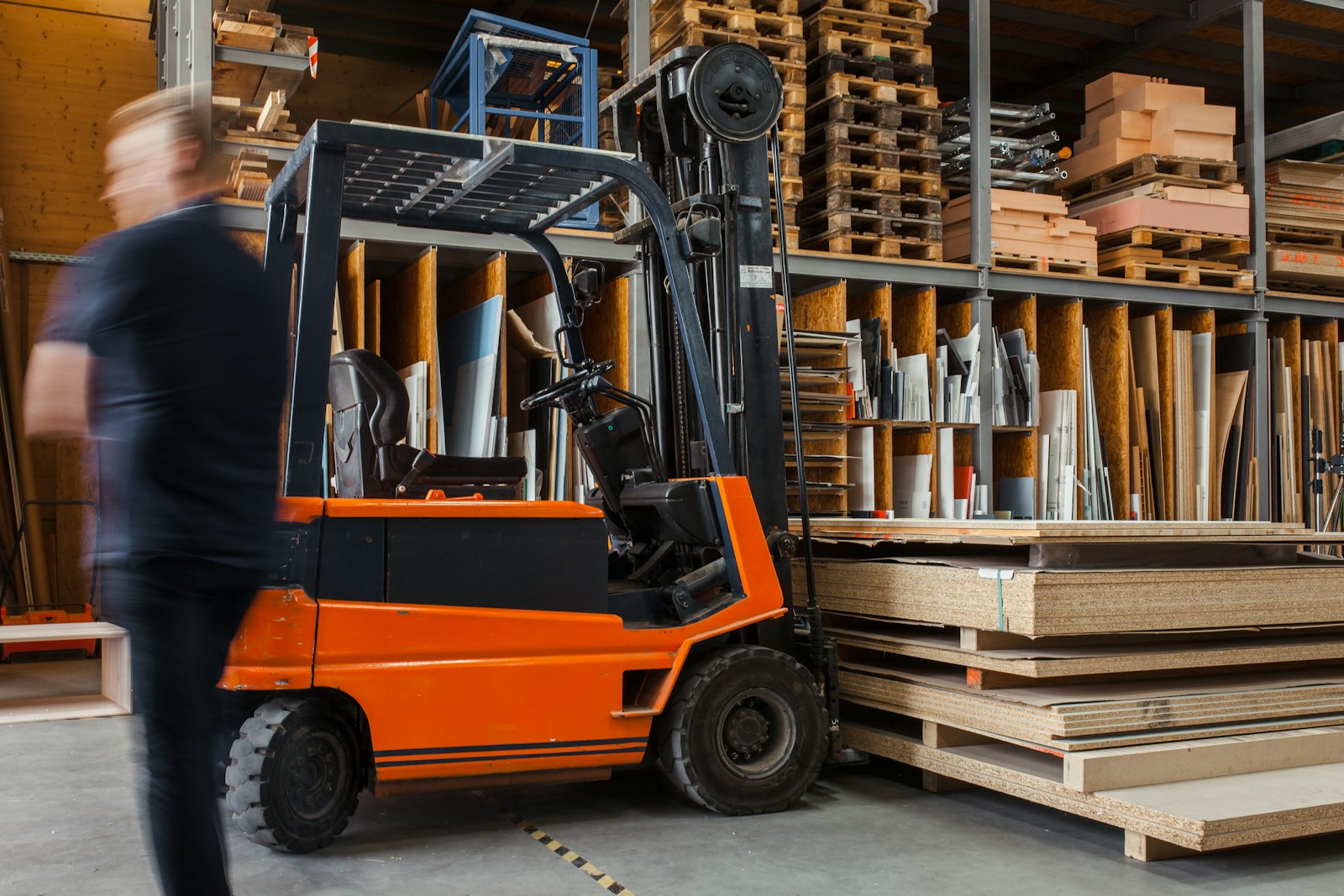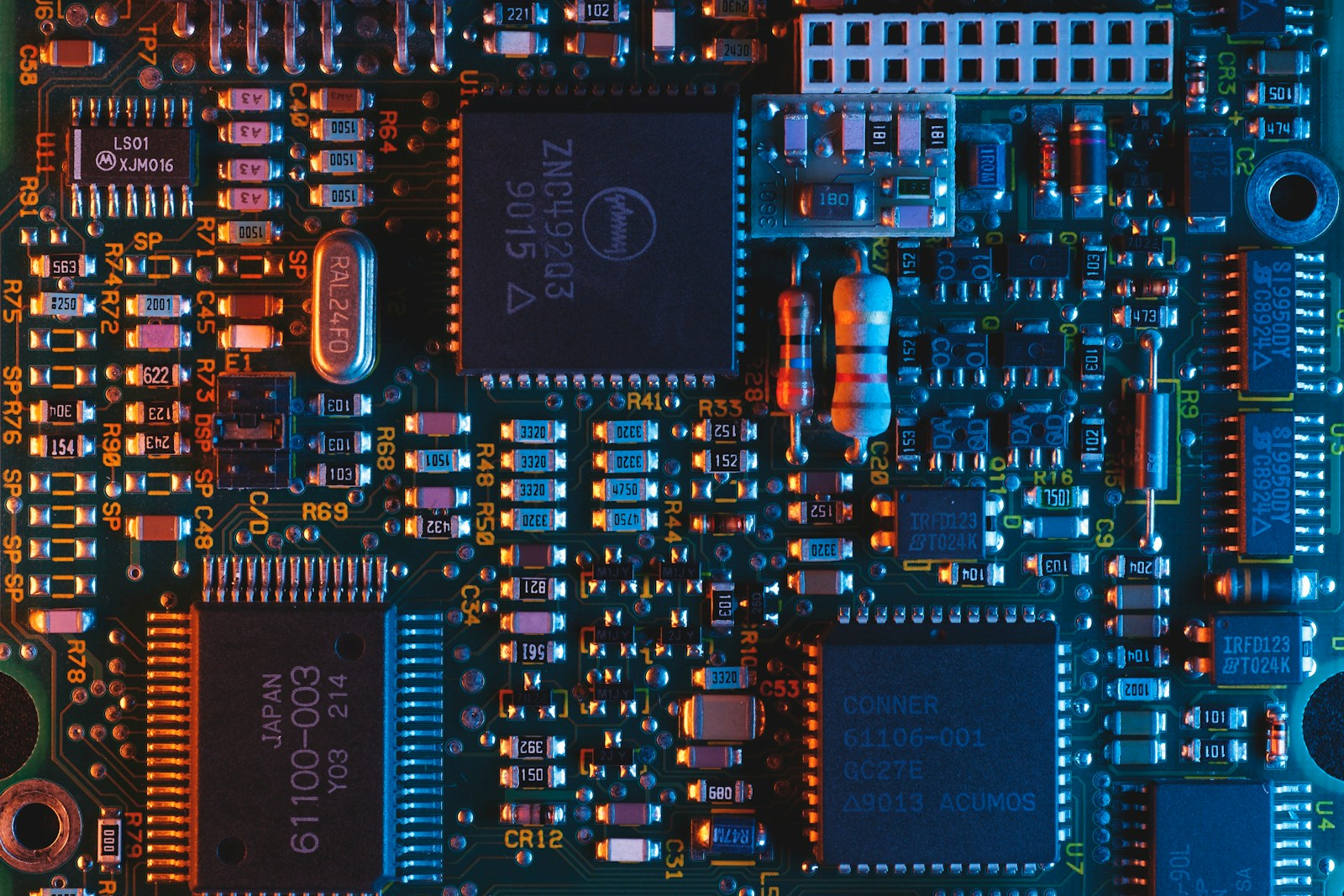Leveraging BIM and Digital Twins for Enhanced Construction Safety
Introduction to BIM and Digital Twins in Construction Safety
The integration of BIM and digital twins in construction safety is revolutionizing how safety protocols are implemented on construction sites. Building Information Modeling (BIM) and digital twins—virtual replicas of physical assets—enable construction professionals to monitor and manage hazards and risks in real time. In regions like Saudi Arabia and the UAE, where rapid urban development is a priority, adopting these technologies is crucial for maintaining high safety standards and ensuring the well-being of workers.
In Saudi Arabia and the UAE, cities like Riyadh and Dubai are at the forefront of smart city initiatives, and the use of BIM and digital twins aligns with the strategic goals of enhancing construction safety and operational efficiency. By integrating real-time data from various sources, these technologies provide a comprehensive view of the construction environment, allowing for proactive monitoring and management. This approach not only improves safety but also helps in meeting regulatory requirements and ensuring the project’s successful completion.
Moreover, BIM and digital twins enable construction professionals to conduct virtual simulations of different scenarios, helping them anticipate potential issues and implement effective solutions. This capability is particularly valuable in managing complex construction projects where safety and adherence to standards are crucial. By leveraging BIM and digital twins, construction companies can ensure that their projects are completed safely, on time, and within budget.
Enhancing Safety Protocols with BIM and Digital Twins
The application of BIM and digital twins in construction safety significantly enhances the monitoring and management of safety protocols. By creating detailed virtual models of construction sites, professionals can simulate and analyze various aspects of the construction process. This capability allows for the early detection of potential hazards and the implementation of corrective actions before they become serious issues.
In Saudi Arabia and the UAE, where construction projects are often large-scale and complex, BIM and digital twins provide a competitive edge by ensuring that every aspect of the construction process is meticulously monitored. These virtual models integrate data from various sources, including sensors, drones, and safety management systems. This integration ensures that all relevant factors are considered, resulting in construction work that meets or exceeds safety standards and specifications.
Furthermore, BIM and digital twins facilitate the continuous monitoring of safety protocols by providing real-time data on the performance of various construction elements. This real-time insight enables construction managers to make informed decisions and take immediate action to address any deviations from planned safety measures. By maintaining a high level of safety control throughout the construction process, BIM and digital twins help to ensure that projects are delivered safely and efficiently.
Proactive Hazard and Risk Management
The use of BIM and digital twins in construction safety also plays a critical role in proactive hazard and risk management. By providing a detailed and accurate representation of the construction site, these technologies enable professionals to identify and mitigate risks before they escalate. This proactive approach is essential for maintaining a safe working environment and preventing accidents.
In regions like Saudi Arabia and the UAE, where regulatory standards for construction safety are stringent, BIM and digital twins help construction companies navigate the complex landscape of compliance. These virtual models provide a transparent and auditable record of the construction process, making it easier to demonstrate compliance with all relevant regulations. This transparency is particularly valuable in managing relationships with regulators, clients, and other stakeholders.
Additionally, BIM and digital twins facilitate the implementation of standardized safety protocols across construction projects. By using these technologies, construction companies can establish consistent processes and procedures for monitoring and managing safety. This standardization helps to ensure that all projects are executed to the same high standards, enhancing the company’s reputation and building trust with clients and stakeholders.
Strategic Business Advantages and Executive Coaching
The integration of BIM and digital twins in construction safety offers strategic advantages for construction companies and business leaders. For business executives and project managers in Saudi Arabia and the UAE, understanding the benefits of this technology is crucial for driving innovation and achieving long-term success. By adopting BIM and digital twins, construction companies can improve operational efficiency, enhance project outcomes, and support strategic growth initiatives.
Executive coaching services are instrumental in helping construction leaders navigate the complexities of implementing BIM and digital twins in their projects. These services provide tailored guidance and support, enabling executives to effectively integrate this technology into their operations. By focusing on strategic planning, change management, and technology adoption, executive coaches ensure that leaders are well-equipped to leverage the full potential of BIM and digital twins in construction safety.
Moreover, the use of BIM and digital twins aligns with broader trends in digital transformation and construction innovation. In Saudi Arabia and the UAE, where there is a strong emphasis on adopting cutting-edge technologies, these innovations support strategic goals related to efficiency, sustainability, and economic diversification. By embracing BIM and digital twins, construction companies position themselves as leaders in the global construction industry, driving growth and achieving sustained success.
Leadership and Management for Technological Integration
Effective leadership and management are essential for successfully integrating BIM and digital twins in construction safety. Executives and managers must possess the skills to drive technological change, manage cross-functional teams, and foster a culture of innovation. In the context of construction advancement in Saudi Arabia and the UAE, these leadership skills are crucial for navigating the challenges and opportunities presented by BIM and digital twins.
Executive coaching services can help construction leaders develop the competencies needed to manage the integration of BIM and digital twins effectively. By focusing on areas such as strategic planning, project management, and change management, executive coaches prepare leaders to handle the complexities of adopting new technologies. This support ensures that construction companies can capitalize on the benefits of BIM and digital twins, achieving operational excellence and driving growth.
Additionally, fostering a culture of continuous learning and technological adaptation is vital for sustaining long-term success. Leaders must encourage their teams to embrace new technologies, explore innovative solutions, and stay ahead of industry trends. By promoting an environment of growth and adaptability, construction companies can effectively leverage BIM and digital twins to optimize construction safety and achieve their strategic objectives.
Conclusion: Embracing the Future with BIM and Digital Twins in Construction
In conclusion, the integration of BIM and digital twins in construction safety represents a transformative advancement in the construction industry. By providing enhanced monitoring and management capabilities, these technologies offer substantial benefits to construction companies in Saudi Arabia and the UAE. For business executives, project managers, and construction professionals, understanding and leveraging these innovations is key to achieving business success and maintaining a competitive edge.
With the support of executive coaching services and a commitment to effective leadership, construction companies can successfully integrate BIM and digital twins into their projects. This proactive approach ensures that construction companies are well-positioned to harness the full potential of these technologies and achieve long-term success in a rapidly evolving industry.
Ultimately, embracing BIM and digital twins in construction safety is not just about technological innovation; it is about driving growth, enhancing operational efficiency, and contributing to the broader goals of construction excellence and progress in the global market. As the construction industry continues to evolve, the integration of these technologies will play a crucial role in shaping the future of construction and improving the quality of built environments.
#BIM #DigitalTwins #ConstructionSafety #SmartCities #SaudiArabia #UAE #Riyadh #Dubai #ArtificialIntelligence #Blockchain #ExecutiveCoaching #GenerativeAI #ModernTechnology #BusinessSuccess #LeadershipSkills #ProjectManagement









